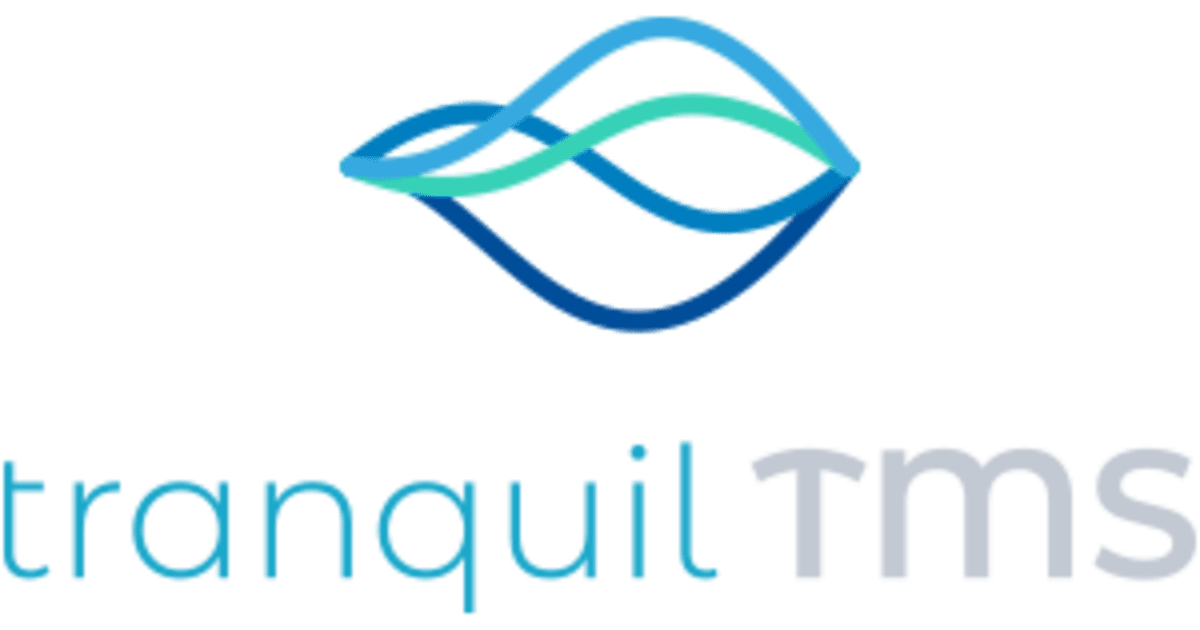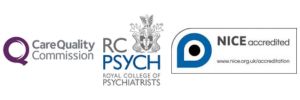For almost twenty years, transcranial magnetic stimulation (TMS) has been used to help people with a range of psychiatric ailments including but not restricted to depression. Researchers are trying to understand how rTMS changes the brain to improve its function. By understanding the brain pathways involved and how TMS affects them, scientists are creating a detailed picture of how this non-invasive treatment helps people feel better.
The Basics
rTMS uses magnetic fields to stimulate specific regions of the brain. Unlike electroconvulsive therapy (ECT), rTMS does not induce seizures and is considered a safer alternative. The procedure involves using a magnetic coil placed against the scalp, through which magnetic pulses are delivered to targeted areas of the brain. These magnetic pulses generate small electrical currents in the brain, which modulates neural activity in the brain regions associated with various mental health disorders.
Neuroplasticity and rTMS
rTMS uses the brain’s ability to change (neuroplasticity). Neuroplasticity is the ability of the brain to reorganize itself based on experiences and learning. rTMS takes advantage of this by stimulating specific parts of the brain, encouraging new connections between brain cells. With repeated sessions, rTMS helps fix abnormal connections related to conditions like depression and anxiety.
Using different frequencies of stimulation, rTMS can either make the brain more active (with high-frequency stimulation) or less active (with low-frequency stimulation). This affects the brain’s ability to change and adapt, known as synaptic plasticity. Depending on where and how it’s applied, rTMS can influence nearby brain circuits and even ones in distant parts of the brain.
Targeting Specific Brain Regions
Different mental health problems come from unusual activity in specific parts of the brain. rTMS therapy targets these exact areas, offering personalized treatment.
For example, in depression cases, rTMS is used on a part of the brain called the left dorsolateral prefrontal cortex (DLPFC). This area affects mood, and people with depression often have issues there. By stimulating DLPFC, rTMS helps control brain activity, improving symptoms like lack of interest and poor thinking. It influences different brain networks, enhancing mood and mental well-being. Furthermore, stimulating DLPFC affects receptors in another part of the brain, the hippocampus, which handles memory formation and retrieval.
rTMS and Neurotransmitters
Neurotransmitters, the chemical messengers of the brain, are responsible for regulating mood, emotions, and overall mental well-being. Conditions like depression and anxiety are often linked to imbalances in neurotransmitter levels.
Some experts believe that rTMS, when applied to specific brain areas, might influence the release of dopamine – the feel-good hormone – a crucial chemical in the brain responsible for
mood, pleasure, motivation, and movement control. This theory suggests that rTMS could impact mood regulation by triggering the natural release of dopamine, but this idea hasn’t been proven yet.
Some studies have shown that TMS increases the neurotransmitter called GABA which has been associated with calming the mind.
This suggests that rTMS might have complex effects on different brain circuits and chemicals, contributing to its potential in mental health treatment.
rTMS and Neurotropic factors
Neurotrophic factors are essential proteins that help nerve cells in the brain and nervous system grow, develop, and survive.
Studies suggest that rTMS could affect these neurotrophic factors in the brain. Research on animals has shown that high-frequency rTMS treatments increase a specific factor called BDNF. BDNF is crucial for neuron growth and adaptability, influencing mood and cognitive function. Similar increases in BDNF levels are observed with antidepressant drugs and Electroconvulsive Therapy (ECT), indicating that rTMS might have similar positive effects on the brain.
rTMS and Genetic impacts
Studies indicate that a single session of rTMS can enhance the activity of specific genes that are responsible for nerve growth and activity. For example, a series of rTMS sessions can activate genes that are vital for memory formation, and other brain functions, including motor control, cognition, emotion, and memory.
Effects on Cortical Excitability
Cortical excitability is how active brain cells in the outer layer of the brain are. When it’s abnormal, it can cause seizures.
rTMS can regulate this excitability. In conditions like epilepsy, where unusual brain activity causes seizures, rTMS helps make brain activity normal, reducing the number and intensity of seizures. It also helps in mental health disorders by balancing brain activity, making it stable and less overactive in specific areas.
Enhancing Connectivity
The brain works like a big network with different parts handling specific tasks. Mental health issues disrupt this network, making communication between brain areas difficult. rTMS therapy helps by improving connections. It synchronizes activity in affected areas, strengthening pathways between brain regions. Studies show that rTMS, especially when targeting specific areas, boosts communication between brain regions. This improvement in connections enhances memory, cognitive abilities, and emotional control, benefiting overall mental health.
Takeaway
Scientists are studying how rTMS works in different brain conditions, trying to understand it better. rTMS uses the brain’s ability to change to fix pathways, providing tailored treatments for mental health problems. It can adjust brain activity, improve connections, and affect genes, making it more than just a treatment—it’s a deep exploration into how the brain functions.


